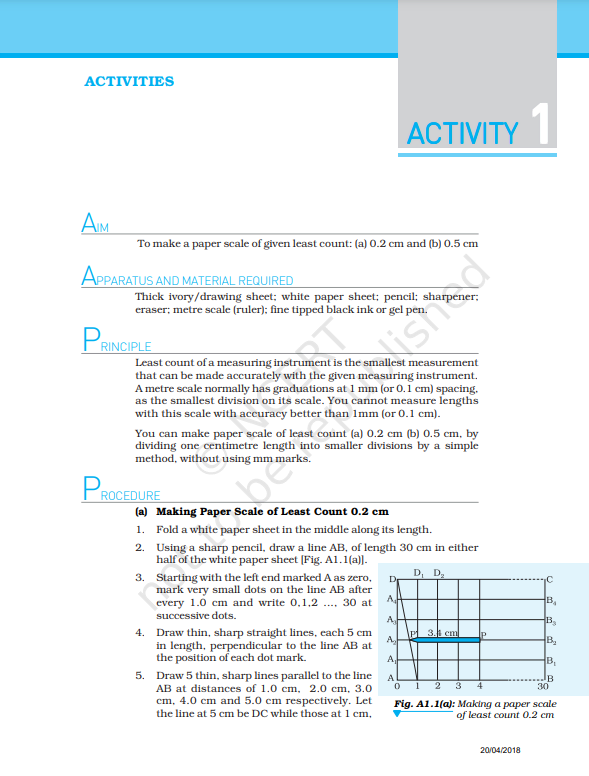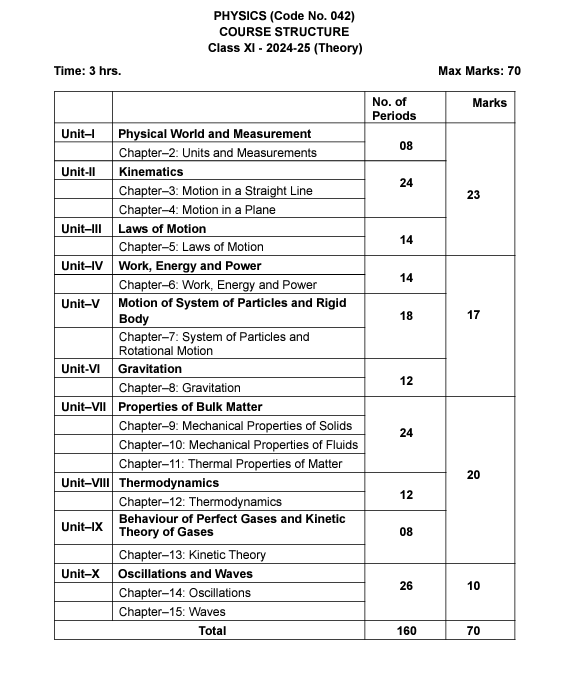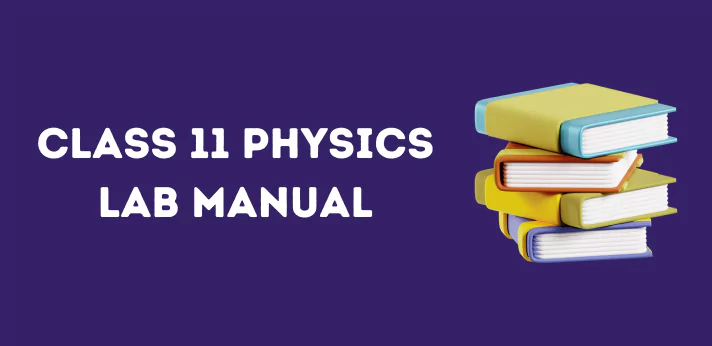The CBSE Class 11 Physics Lab Manual offers students dependable and trustworthy notes to excel in their examinations. These comprehensive resources cover a range of experiments, along with the relevant theorems, laws, and numerical data, facilitating a deep understanding of the concepts. Students need to familiarize themselves with the theories and rules associated with each experiment before conducting them. To aid in this process, we offer a PDF version of the Class 11 Physics Lab Manual for practice, enabling students to achieve excellent scores in their final exams.
[Index]
Overview
Before we discuss the Class 11 Lab Manual, let us check the CBSE Class 11 Summary. Below, we have mentioned the complete CBSE Class 11 Summary. The student is advised to check out to complete the summary.
| Particular | Description |
| Class | 11th |
| Board | CBSE |
| Category | Lab Manual |
| Study Materials | Click Here |
| Class 11 Free E-Book | Click Here |
| YouTube Channel | Click Here |
Class 11 Physics Lab Manual
Below, we have mentioned the CBSE Physics Lab Manual for Class 11. Students have checked the complete Class 11 Physics Lab Manual in PDF for a great score in the final examination.
Example for Lab Manual

NOTE: The links below are for downloading the PDF Class 11 Physics Lab Manual.
Class 11 Physics Lab Manual Experiments
Class 11 Physics Lab Manual Projects
Class 11 Physics Lab Manual Practical Work
Class 11 Physics Syllabus
Check out the latest CBSE NCERT Class 11 Physics Syllabus. The syllabus is for the academic year 2024-25 sessions. First, check the CBSE Class 11 Physics Exam Pattern. Students should check the complete syllabus and exam pattern with the marking scheme.
Class 11 Physics Exam Pattern
In this Section, we have mentioned the Class 11 Physics Exam Pattern. Students can check the Class 11 Physics Exam Pattern for the academic year 2024-25.

NOTE:- To know more information about the Class 11 Physics Syllabus
Class 11 Study Material
We have tried to bring CBSE Class 11 NCERT Study Materials like Syllabus, Worksheet, Sample Paper, NCERT Solutions, Important Books, Holiday Homework, Previous Year’s Question Papers, etc. You can visit all these important topics by clicking the links given.
